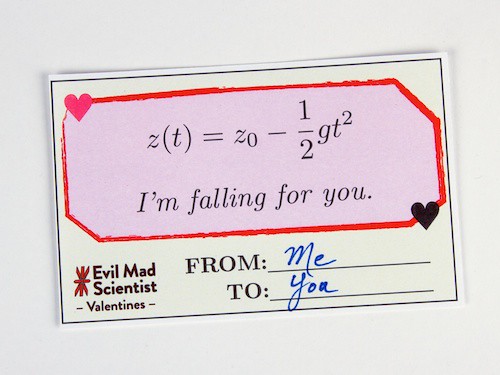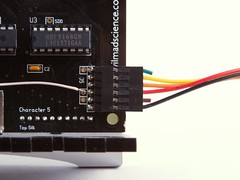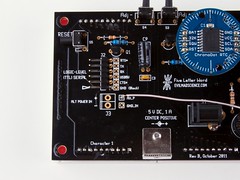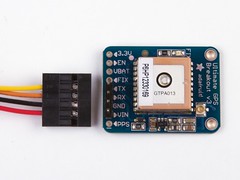
If you’re anything like us, you’ve at some point come across supposedly-nerdy valentines and thought to yourself, “A real geek would have used an equation to express that sentiment.” And if so, have we have got just the thing for you!

Here’s our collection of six little valentine cards, each of which adds a little authenticity and class to the not entirely uncommon “geek” valentine genre.
Suppose that you want to communicate to your valentine just how hot you think they are. Sure, you could go with a picture of a thermometer— or a Sriracha bottle —but isn’t the thermodynamic definition of temperature itself in a whole category of its own?

And what better way to say “I love you,” than with the gift of trigonometric identities?

You can download the original file here (260 kB .PDF document).
Print it out on (or otherwise affix to) card stock, and [some steps omitted] enjoy the resulting lifelong romance.
Update: New cards have been released! Please check out the 2019 set, which contains all 42 cards from 2013 through 2019.





























